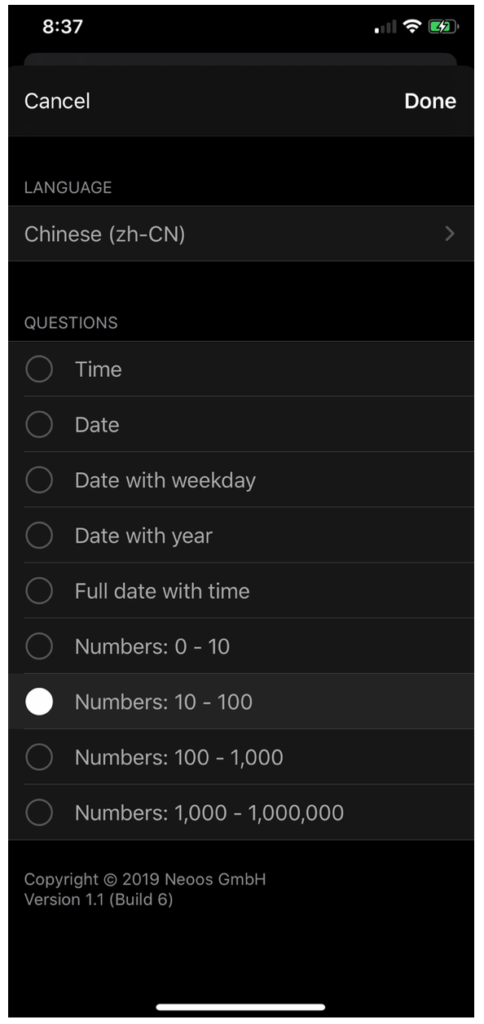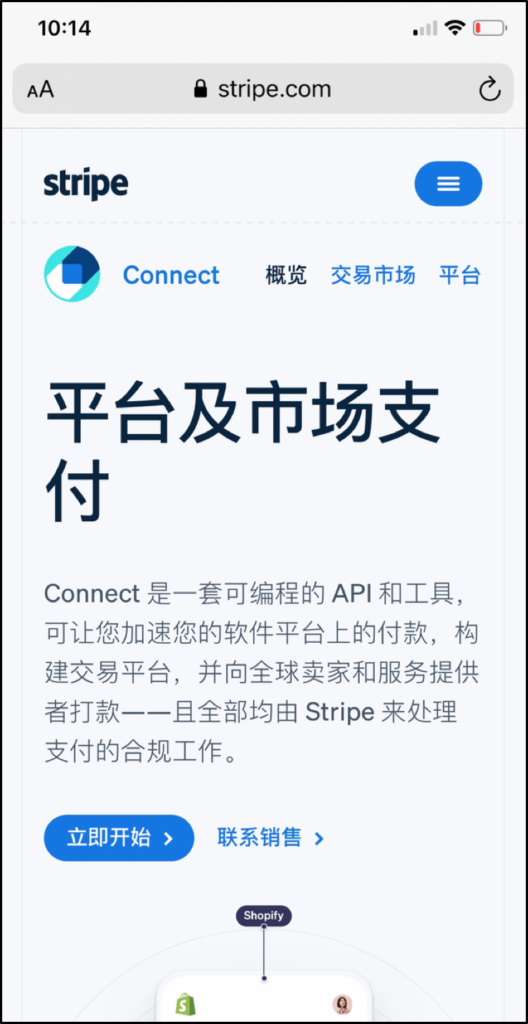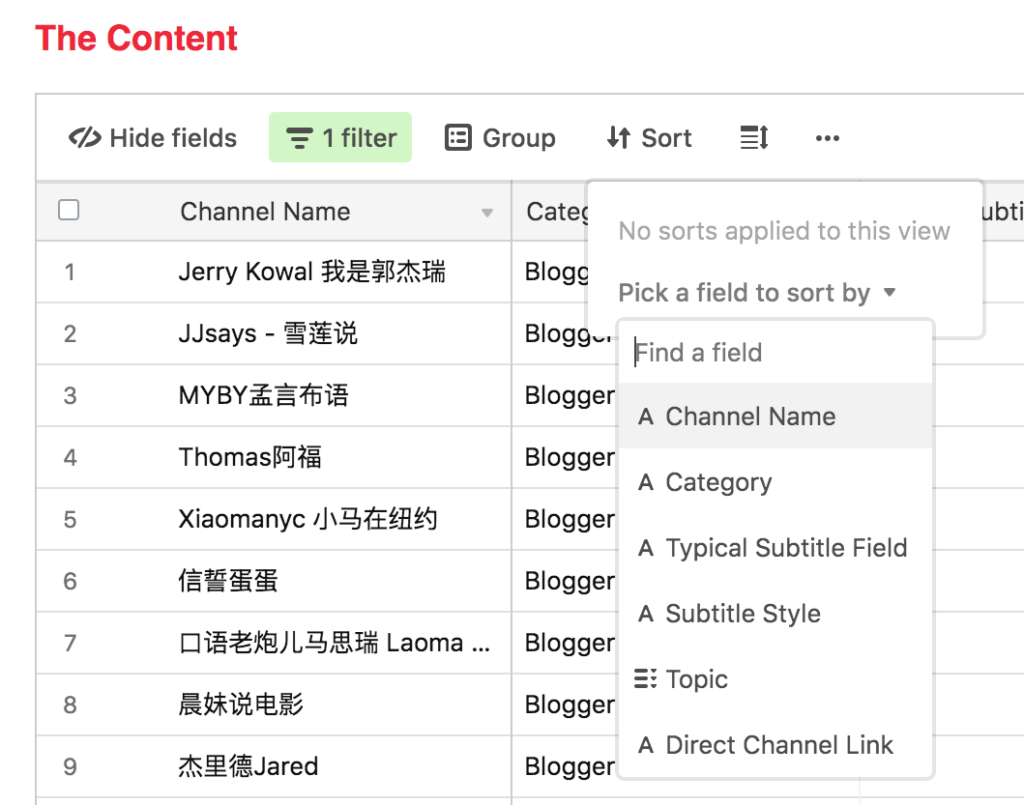Are you interested in increasing the amount of Chinese input you get through reading practice? If you’ve read our other posts about the Input Hypothesis, you know that language input through extensive reading is the most effective way to increase your language proficiency. I try to use apps and Chrome extensions on my phone and computer to help aid my language learning (Zhongwen Chrome extension, etc). However, I really enjoy having a few physical books to read when I want a break for my eyes or if I want to relax by the pool and read. So how can you find a good Chinese book to read? Let’s talk about purchasing books from JD.com.
You may be thinking, “if I want a book, I just go to Amazon.” I’ve used Amazon several times to purchase Chinese language books and it does have a decent selection. Check out our post about how to find Chinese language books on Amazon. However, I recently noticed that Amazon books from China are much more expensive than when ordering directly from China.
For example, I wanted to purchase a Chinese cocktail book on Amazon that cost $35.90.

Then I checked JD and found the same book for 44 元 or $6.71! That’s 18% of the price!

Now we should note that the shipping costs will definitely increase this, but I was able to purchase 2 books including shipping for the price of one on Amazon.
JD.com is an e-commerce giant in China on a similar scale to Amazon. The difference is, by purchasing directly from a Chinese website, the selection of books is unparalleled. Why is this so important? Because one of the most important factors for successful language learning through comprehensible input is that you are genuinely very interested in the content you are reading.
How to Ship Abroad from JD.com
Ordering from JD was a bit tricky for me to figure out the first time around, so I want to share with you what I’ve learned so you won’t have the same struggles I did. The tricky thing about buying on JD.com is that you have to select overseas (海外) for your location in multiple locations and it is easy to miss. I’m not sure if any of these are unnecessary to select, but the most important is that when go to add your shipping address, you will have to find 海外 in the bottom right corner of the popup in order to enter an international address. It’s definitely easy to miss amongst all the other options.
On the primary homepage and throughout the website, you will see a dropdown in the top left corner for location, as shown here:
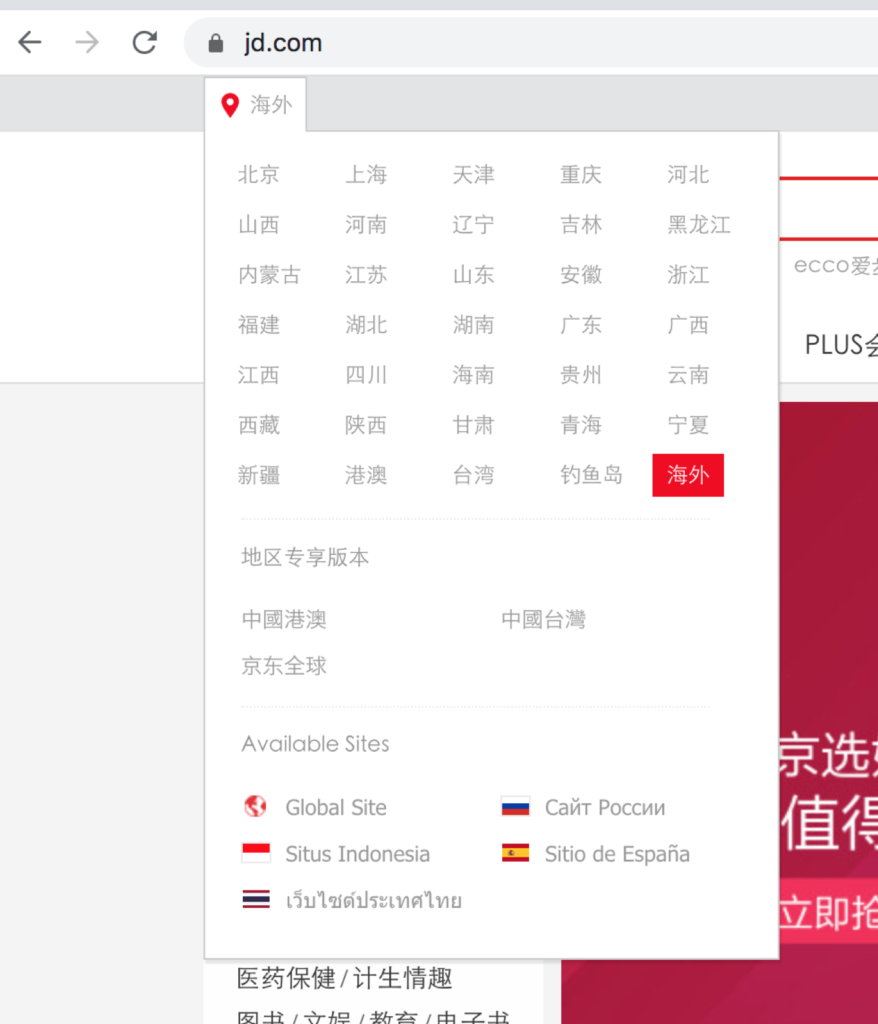
Then you will see another location to select this in your shopping cart:
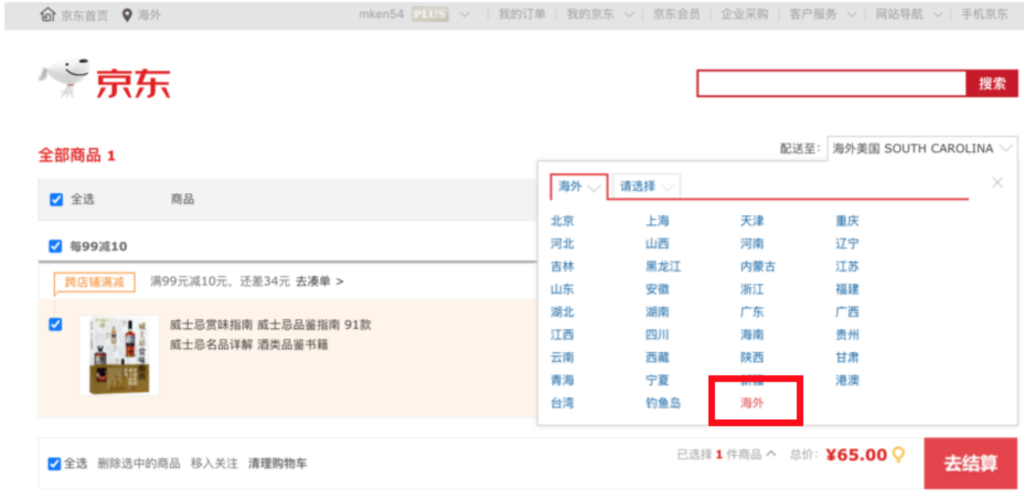
And most importantly, you will have to select 海外 here during the check out process in order to enter in your address. If you do not have this selected properly, JD will only let you enter a Chinese address.
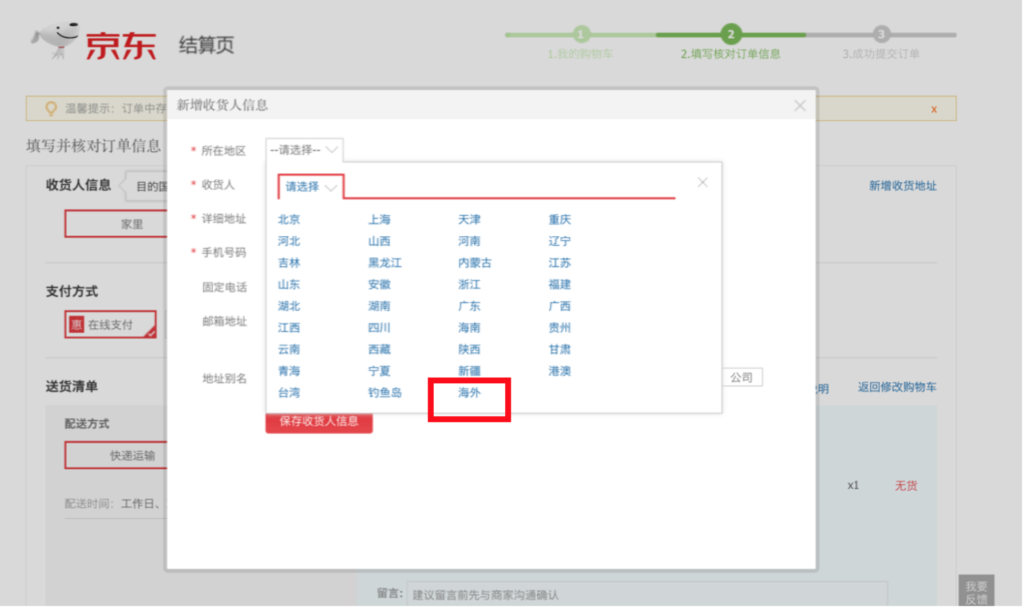
Shipping:
JD does not provide the level of tracking for their international shipping that you may be used to when ordering from Amazon (and definitely not 2-Day Prime Delivery!). However, my experience was that the shipping was pretty quick. My order shipped within 2 days and arrived 9 days after placing my order. Not bad at all!
I should note that I live on the East coast of the United States, so your shipping costs may vary. However, if you are ordering from the US, you should expect shipping times similar to or less than mine, as my location is about as far from China as you can get in the US.
If you’re interested in getting started reading real Chinese content, I hope you take advantage of JD.com to find something that truly interests you!

